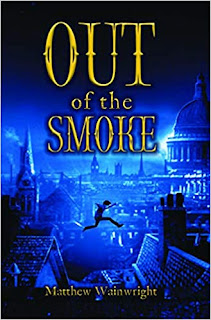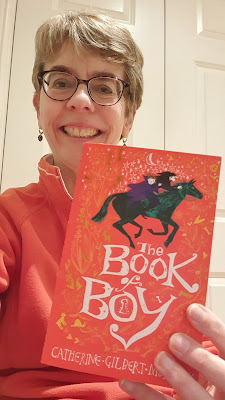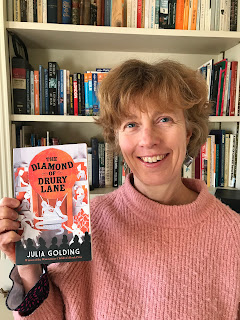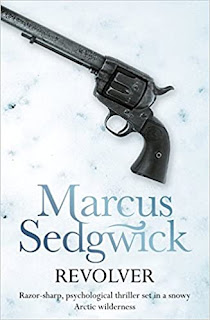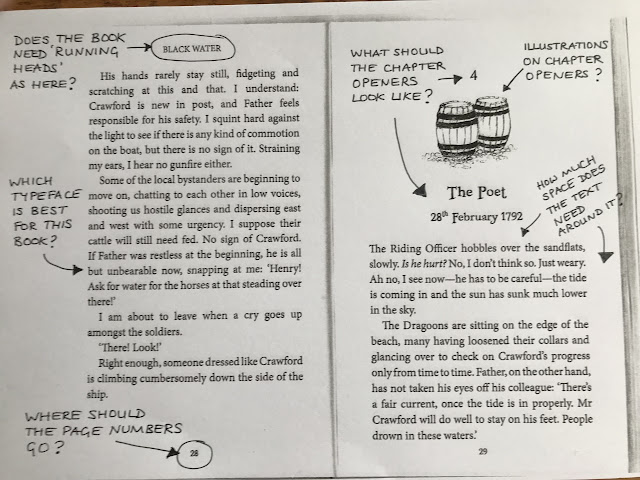Tuesday, 3 October 2023
Recycling, Victorian Style: Sweetheart Brooches by Barbara Henderson
Remember that time when we…? We often share precious memories, don’t we? We love to look back on times, people and places which are special to us, or which meant something at the time. Why else would there be such a thriving souvenir trade in tourist hotspots, for example? And photographs fulfil the same purpose – they help us hold on to things and events in the past which we may otherwise forget. The Victorian construction workers who built the first significant steel bridge across the waters of the Firt of Forth were no different – only, they rarely had photography at their disposal. If they wanted a memento of their time spent working on the bridge, they had to be ingenious and thrifty – and they came up with a fantastic solution.
The Forth Bridge is constructed from shaped and cut steel, riveted together by at least 6.5 million rivets. But this sort of construction effort did not come about without waste – there would have been many steel offcuts lying around in the famous workshops on the hillside. The workers found a good use for some of this waste material: jewellery for their loved ones. Yes, I know it sounds a little strange: taking bits of a bridge and turning the waste material into something to be admired and stared at? The resulting brooches and pendants were often simple in shape, cut using the tools of the steel trade, and polished until they resembled the more precious silver. In addition to cutting, there were skilled engravers on site who knew how to add words and decoration to such jewellery. Imagine your delight if you were a girl, courted by such a bridge worker (“brigger” was the word used for the workforce)! You may find your own name engraved on the brooch, or perhaps the name of your admirer who gave you the piece. Many of the men took great pride in being involved in such important work, and they wanted to shout about it! Occasionally, the offcuts were worked on by a skilled jeweller instead of the workmen themselves, resulting in a more ornamental, detailed design. I love that there are still items of jewellery made from bridge offcuts in drawers and attics around the country. If only we knew their stories! Writing challenge: Think of a person who is special to you: a parent, a friend, a relative… Now think of a place that means something to both of you. Design a brooch or pendant, containing words – what would it say? Now write a card which would accompany such a beautiful and meaningful gift. Barbara Henderson is a Time Tunneller. Her latest historical adventure is Rivet Boy, set during the construction of the Forth Bridge.
Saturday, 25 February 2023
World Book Day special - The Time Tunnellers step into the shoes of a favourite character
(Published by Chicken House Books)
Part of me wouldn’t actually enjoy stepping into Sig’s shoes. Throughout most of the book Revolver, Sig is threatened, bullied and held hostage in his family’s remote Alaskan cabin by the enigmatic and seemingly unstoppable Wolff - which would not make for a particularly pleasant experience!
However, Sedgwick wrote the book so well that you can’t help but feel that you’re right there in the scene with the characters. He conjures up the vast frozen wilderness of the far north of turn-of-the-century America in vivid, startling detail: the crack of ice, the buffeting of the wind, the crunch of freshly-fallen snow. You can see every clouded breath, smell the pungent odours of oil and gunpowder and fur, feel the creeping fingers of perpetual winter worming their way through every crevice … It’s a masterclass of description!
And in the end, of course (no spoilers!) Sig learns how to grow beyond his fear and find a way to stage a near-impossible escape. He’s the kind of character I love: one who starts the story as a person we recognise but wouldn’t necessarily want to be, but who gradually becomes someone we can admire. Which just goes to show that, no matter what era they are from, people throughout history are like us in many ways, with so much for us to learn.
(published by Chicken House)
Tuesday, 17 May 2022
Take a Jaunt to the Jacobites
The bothy on Culloden Battlefield
Roderick Mackenzie’s memorial at Glenmoriston
Glenfinnan where the ’45 rebellion began
The statue of Flora MacDonald overlooking the River Ness in Inverness

More about the book: There it is again, hope. The defeat and the despair I can stand, but it’s the hope that kills me, as if the Cause wasn’t lost, as if Father hadn’t died in vain. As if any one of us could possibly come out of this alive… Following the death of his father, 13-year-old Archie MacDonald has lost faith in the Jacobite Cause. Having witnessed their clan’s terrible defeat at the Battle of Culloden, Archie and his feisty cousin Meg flee back to Lochaber to lie low. Or so they think. Until the fugitive Prince’s life depends on them. When Prince Charles Edward Stuart looks to the people of Borrodale for help, will the young stable boy support the rebellion that has cost him so dearly? With enemies closing in, the Prince’s fate now rests in the hands of a stable boy and a maid with a white cockade. Who will survive this deadly game of hide-and-seek? Praise for The Reluctant Rebel 'I loved it! It's a rip-roaring adventure. Meg and Archie are great characters.' – Maggie Craig Order: https://www.luath.co.uk/new-releases/the-reluctant-rebel
Tuesday, 8 March 2022
Girl Power during the Highland Clearances - a #WomensHistoryMonth Special
Thursday, 3 March 2022
World Book Day special - How to find readers for your book by Barbara Henderson
children and young adults -
Susan Brownrigg, Barbara Henderson, Catherine Randall,
Ally Sherrick and Jeannie Waudby.
and a youtube video with a writing challenge for young people and teachers.
Monday, 28 February 2022
World Book Day special - what does a publisher do? by Catherine Randall
You’ve found a publisher for your book. What happens next?
Sadly, a publisher will never take your manuscript and say, ‘Great, that’s perfect, we’ll send it to the printer!’ It has to be worked on by quite a few people first. The good news is that all these people will help to make your book the best it can possibly be.
Firstly, an EDITOR will read the manuscript carefully and suggest any changes they’d like to make to big things like the plot or the characters. They may even ask you to change the ending or get rid of a whole character! These suggestions can be difficult for you as the author, but I’ve found that however hard you’ve worked on a book yourself, it will always benefit from having a fresh pair of eyes looking at it, especially when those eyes belong to an experienced editor.
Once both you and the editor are happy with any changes, the book is sent to the copy-editor.
The COPY-EDITOR is responsible for going through the manuscript line by line, checking for spelling mistakes, grammatical errors and over-used words. The copy-editor makes sure that the story you want to tell is clear for the reader. They also check for consistency so, for instance, if a character has blue eyes in chapter 2, they can’t have brown eyes in chapter 10.
While the copy-editor is doing their work, the manuscript will be sent to the DESIGNER. The designer makes decisions about how the finished book will look. Here’s a double-page spread from Barbara Henderson’s book Black Water to show you the sort of decisions the designer has to make.
The DESIGNER will then combine the finished, copy-edited text with their finished design and produce proofs showing what the book will look like when it is printed. After these have been checked again by everyone, including the author, the book is finally ready to go to the printer.
But you might have noticed that there’s something very important missing! Ally Sherrick will tell you all about that tomorrow ….
children and young adults -
Susan Brownrigg, Barbara Henderson, Catherine Randall,
Ally Sherrick and Jeannie Waudby.
and a youtube video with a writing challenge for young people and teachers.
VIKING ATTACK! Write a DUAL NARRATIVE ACTION SCENE
VIKING ATTACK! Write a DUAL NARRATIVE ACTION SCENE First, watch the Time Tunnellers video about the Viking Attack on the Holy Island of L...

-
VIKING ATTACK! Write a DUAL NARRATIVE ACTION SCENE First, watch the Time Tunnellers video about the Viking Attack on the Holy Island of L...
-
That the Paralympics rose out of such a dark place, from the ashes of the Second World War, wounded men and a fugitive from the Nazis, says ...
-
On Thursday July 4th, the U.K will go to the polls to vote in the General Election. Eligible voters will select from a list of candidates wh...







